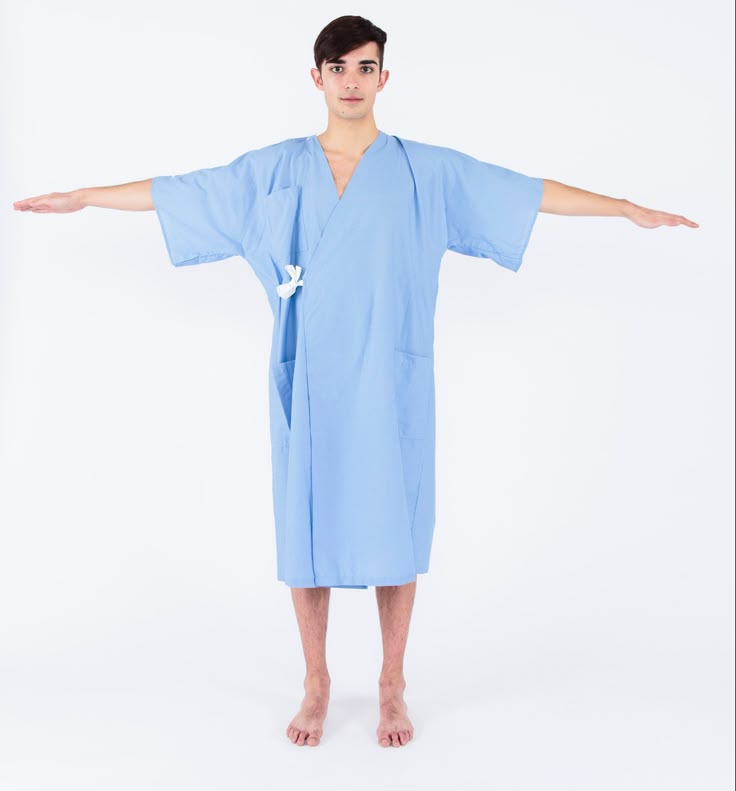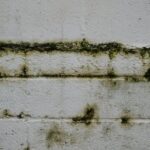Touching upon the aspect of wound care, medical dressing can be the difference maker. When you have a small piece of road rash or a more serious wound, the kind of dressing you use is important as it determines whether you heal or you develop an infection. So many options exist, and it does seem complicated these days, which is why so many people use it as a complex factor of healthcare. Being knowledgeable about medical dressings is the reason why you should discover the best recovery of yourself or your patients. So, it is time to see why such products are essential and how to make a wise choice among a wide array of varieties available.
The Importance of Medical Dressings
In the management of wounds, medical dressings are quite important. They offer protection against the dirt, bacteria and other contaminates which can cause infections. This is essential protection in order to heal.
Moreover, the dressings contribute to the provision of the optimal moisture level surrounding a wound. Excess water may lead to maceration and insufficient water may result into dryness and slow healing. Appropriate dressing helps to provide a good environment in which the tissue is going to regenerate.
Besides, medical dressings enhance pain relief by seating the wound region and reducing friction between the garments or body movements. This comfort dimension is capable of enhancing the overall experience of a patient during the process of recovery to a great extent.
They are also used as the signs of infection or healing progress. There are advanced dressings which turn a certain color when subjected to a particular condition thus giving the care givers an alertness of an impending problem before it becomes critical. The knowledge of these advantages should emphasize the importance of choosing the suitable medical dressings in any of the care environments.
Types of Medical Dressings
There are also different medical dressings and each of them is targeted at fulfilling specific need. Adhesive bandages are not the only common ones. They are easy and efficient measure of covering small cuts and abrasions.
The feature that makes hydrocolloid dressing unique is the characteristic of exudate uptake and a moist environment. They are suitable with wounds that need a certain degree of hydration.
Foam dressings provide padding and shielding of external pressures. They are also great at absorption and thus may be used with moderately to heavily draining wounds.
Transparent films are protective covers which do not stick to the wound actively. They are applicable in checkups of the progress of healing whilst keeping contaminants away.
Alginate dressings which are processed out of seaweeds are specialised in treating high exudate levels, giving them super-absorbency.
All the types possess distinctive advantages, which are relevant to the different environmental situations of wound management to create the best conditions to heal the patient.
Factors to Consider When Choosing a Medical Dressing
Wound care depends on selection of an appropriate medical dressing. First, regard the nature of a wound. Is it a surgical cut, a burn or a chronic ulcer? Both of them demand some certain qualities in a dressing.
Then consider the issue of moisture control. Other wounds are better in a wet environment to promote wound healing and other injuries require high absorbency to manage the exudates.
Another essential thing is the sticking of the dressing. When removed it should stick safely without causing harm to the surrounding skin.
Do not neglect the comfort of the patient. The material, which is soft, can contribute greatly to compliance and general satisfaction in recovery.
Consider any allergies or sensitivity that can interfere with product choice. Between any uncertainty of choice, turn to healthcare professionals and they can always help in directing oneself in the right direction in achieving the best possible prognosis in healing.
Common Types of Wounds and the Recommended Dressings
There are different types of wounds which are treated in a different way. Abrasions are not serious and usually require only a basic adhesive bandage to cover the safeguard whilst the wound is healing.
In case of deeper cuts or lacerations a sterile non-adherent dressing should be used. The type is comfortable and minimizes pain when the dressing is changed.
Special attention is required on burns. Hydrogel dressing even has the ability to relieve cooling and accelerate healing by sustaining moisture.
Advanced dressings e.g. foam dressings or alginate are often useful with chronic wounds, e.g. diabetic ulcers. Such choices are able to regulate exudate and decrease chances of infections.
Surgery wounds tend to be more demanding when it comes to protection. A composite dressing can protect against bacteria and the wound healing process at the same time without adhering to the wound surface.
New and Innovative Medical Dressing Technologies
Medical dressing is a quickly changing landscape due to the innovative technologies. Harm must be doing his or her homework on new materials and designs thus healing processes are more enhanced than ever.
Hydrocolloid dressings have been made popular due to their property of retention of moisture. Such dressings provide a gel like atmosphere which helps in migration of cells and enhances less pain when dressing change is poured on.
One more prospective trend is the implementation of the antimicrobialization of dressings. These prevent occurrence of infection, through constant secretion of substances that fight bacteria, as also keeping the wound moist.
The future of wound care is smart bandages with sensors on them. They will be able to track parameters such as temperature and pH and send real-time data to the providers of medicine so that they can get prescribed customized treatment regimens.
There is also biodegradable, which is less harmful to the environment and does not compromise performance either. With these innovative developments, it is not only the comfort of the patient that is guaranteed but also better results in wound treatment.
Cost and Accessibility of Medical Dressings
In the case of medical dressings, cost and accessibility are key elements that can to a great extent influence the condition of the patients. The assortment of dressings that we can find in the market today varies them between simple gauze pads and sophisticated hydrocolloids and bioengineered dressings. This variability sometimes is reflected as the great variety of prices.
To both the health professionals and the patients, it is important to understand the cost implications of various medical dressings. Though some of such high-tech solutions might have better healing properties, they might also be extremely expensive. Conversely, the conventional dressing alternatives could be less costly but fail to offer certain features that could be required to treat particular wounds.
Accessibility is also very crucial in the rightful reception of patients into proper treatment. It is not always possible to provide a facility with the latest dressing technologies because of financial restrictions or problems related to supply chains. The lack of access to fundamental supplies is experienced in most circumstances in underserved regions or rural localities.
The situation is made even more complicated by the insurance coverages that may determine products that may be accessible, not only to health institutions but also to individual patients. It is crucially important that the stakeholders (healthcare providers, insurance companies, manufacturers) should learn to cooperate with each other in order to ensure that no one faces the necessity to spend money in order to obtain the essential medical dressings.
Such considerations can become navigated in order to lead towards improved wound management results and make quality care more accessible, at least in some cases, to every person who may need it.















